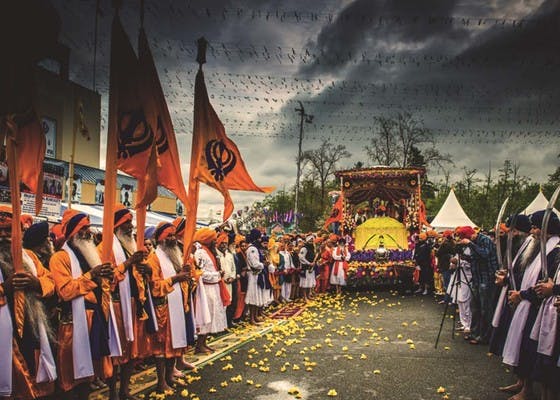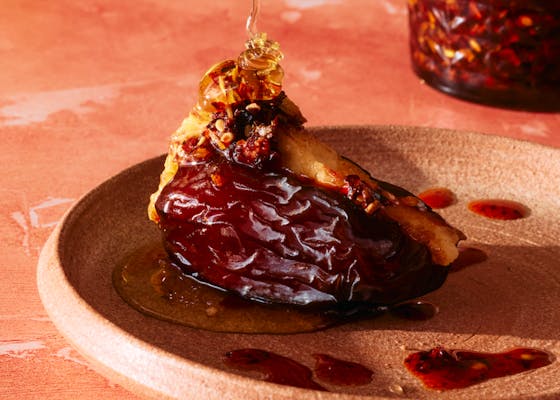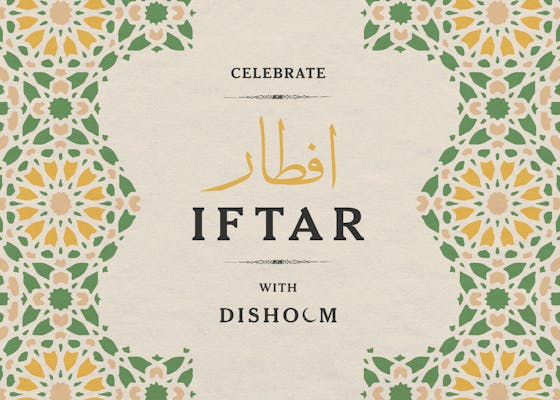
BOMBAY, 1923.
It is a hazy November morning and it is already warm. The roads are thronged with bullock carts, cycles and pedestrians. There is bustle and noise all along the pavement, which is shared both by those who walk along it and those who make their living there. Barbers deftly wield razors, while the chappal-seller unpacks neat baskets of shoes from the shoemaker. Women in saris sit on flower-shrouded mats preparing garlands of roses and carnations and men in white kurtas dash around on errands. Spice, jasmine and dust mix in the air. Circling crows caw.
Slightly away from the scene outside, a smartly dressed Englishman with pomaded black hair and a lantern jaw, sits on a bentwood chair in Café Excelsior, an Irani café on Ravellin Street. He breathes in the aroma of baking bread, takes a sip of his strong chai and studies his surroundings carefully.
He observes the character of the Irani café – a place of calm in the crowded city – and considers the patrons. The place makes him more relaxed than he perhaps should be. Families enjoy their morning tea and talk. Students (chatting more loudly than they need to) tuck into their plates of omelettes. In a corner, a well-dressed businessman reads The Bombay Chronicle newspaper, while a ‘modern’ woman opposite coolly waits for her breakfast. As new customers enter, they exchange loud greetings with a wizened Irani sporting a prominent moustache and thick steel-rimmed glasses. He is perched behind a desk near the entrance, and appears to be the owner.
The man observing the café and sipping his chai is Sexton Blake, the world-renowned detective known for his penetrating intellect and his taste for fine cigars. He arrived in Bombay that morning, summoned by the note now placed in his jacket pocket from enemy-turned-ally, Beram. Its few but forceful words are etched into his memory: “You must come to Bombay. Meet me in the Irani café behind the Freemasons’ Hall – I will know when you are there. Your debt has been called.”
Since their last meeting – when he and Beram had allied themselves to save the life of his colleague Tinker – Blake had believed that a truce had been declared between them. Indeed, the two men had been thrown against each other as opponents when Beram – a suave and mysterious mastermind with an intellect at least equal to Blake’s – sought reprisal for the desecration of a site sacred to his people. His duty to justice had made him Blake’s direct adversary.
Blake always recognised a good opponent, and there is a twinkle in his deep-set eyes as he thinks about everything that passed between them. Beram was his match, and rivals as they were, there existed a bond of respect between them.
He is now distracted from his musings by the old Irani who approaches his table. The two look at each other a brief moment before the Irani roughly jerks his head towards the back of the café, intimating that Blake should follow. He senses that something dangerous may be afoot but follows anyway.
They walk towards the kitchen at the back of the café and pass behind a wooden screen out of sight from the other patrons. Blake sees a plaque on the wall with the carved-out words: ‘Faith. Hope. Charity’ (which he remembers dimly as being words of Freemasonry). Immediately, he feels the Irani’s wiry hands push him sharply forward. The old man, now moving very fast, places the tips of his three fingers precisely onto the plaque and pushes. It is evidently a spring activating a secret door. Instantly, the wall rotates and swallows the two men up. Blake has been ambushed.
They abruptly re-emerge in a large, opulently decorated and high-ceilinged room. Blake, momentarily dazed, looks around to get his bearings. The hall is filled with marble tables and bentwood chairs. Tinted light pours through enormous stained-glass windows throwing strange colours onto the large portraits of old men hanging on the wall. Well-dressed men of apparent Muslim, Parsi, Christian and Hindu descent sit smoking and chatting, undisturbed by the appearance of the pair. It is plain that these are men of power and authority and that this is a secret masonry hall.
Blake was smarting from having been hoodwinked so easily. He spins around to lunge at the Irani. But Beram (for it was him, in heavy disguise) deftly eludes Blake, who loses his balance and falls to the floor, smarting again. Before Blake can recover and get to his feet, Beram pulls off his disguise. He stands over the Englishman, a smile hovering on his lips. “It was good of you to come so willingly, old friend,” he says.
Footnote:
We imagine this to be a continuation of The Tower of Silence, a novel written by Phiroshaw Jamsetjee Chevalier in 1927 and later recovered from a lost manuscript by historian Gyan Prakash. The British Museum had a copy of most of the manuscript except the nail-biting concluding pages which were found (after much scouring of libraries) in the Secretariat Library in the Asiatic Society’s building.
It is a detective story featuring the fictional but famous British private eye Sexton Blake and the elusive Parsi vigilante known only as “Beram”. It is based on a real-life incident from 1923 in which the British illustrated newspaper The Graphic printed an aerial photograph taken of the inside of a Tower of Silence, the holy place where Parsis leave their deceased. The photo was judged to have desecrated the site and accordingly caused enormous outrage.
The story begins at 2pm on a cloudless afternoon in April with the click of the camera shutter. Beram, a sophisticated and devout Parsi, who proves himself equally at home in London, Bombay, and indeed in Manchester, seeks reprisal against the perpetrators of the sacrilegious act. He is in turn hotly pursued by Sexton Blake and his assistant Tinker. The plot progresses via cobras, mongooses, deadly spiders, murders and hypnotism and ends with a final dénouement in a Tower of Silence.

Vaisakhi, a day marked across India by people of many faiths, is celebrated in the Punjab as the start of the new Harvest. It falls on the 13th or 14th April depending on the calendar for that year.

Spring has gently tiptoed in. As the days lengthen and the sun grows bolder, here’s a glimpse of what we eagerly await in April.

We’re turning page after page of Ayesha Erkin’s recipe book Date of the Day, featuring 30+ recipes for the modest date – timely for breaking fast and after. Our dear friend Ayesha has now kindly shared a recipe for you to make at home. Try it this Iftar or any time you need a salty-spiced sticky treat.

The holy month of Ramadan is upon us, when Muslims around the world fast daily from dawn till dusk. It is a time of private worship and spiritual discipline, but also of shared joy and abundant feasting. Families and communities come together at suhoor, the pre-dawn meal, and at iftar, the evening meal, to break their fasts with copious, delicious dishes. Join us on 7th April for our own Iftar celebration – for an evening of feasting and live music.